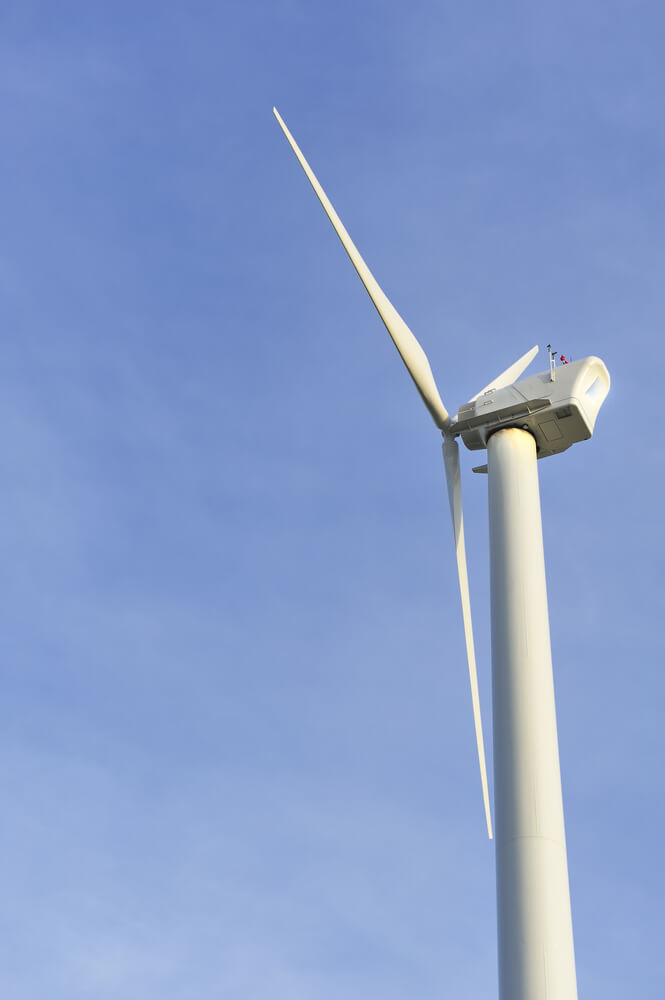A broken turbine blade in the Vineyard Wind offshore wind farm led federal officials to suspend its operations in Nantucket. The incident resulted in large and small fiberglass and foam pieces from the turbine blade washing ashore on Nantucket’s southern beaches, more than 15 miles away.
On Thursday, July 25, Cape May County released a statement by Commissioner Director Leonard Desiderio calling the incident in Massachusetts “an environmental catastrophe akin to an oil spill.”
Desiderio said that “we were right to oppose offshore wind,” referencing the county’s strong opposition to the Danish firm Orsted’s plans for Ocean Wind I and II off the southern New Jersey coast. He added, “We will continue our opposition moving forward.”
The Incident
Nantucket residents became aware of the incident on Tuesday, July 16, as debris from the broken blade began washing up on the island’s beaches. Its southern beaches were closed by 11 a.m. The federal Bureau of Safety and Environmental Enforcement ordered a halt to the Vineyard Wind operations by Tuesday afternoon.
Vineyard Wind, owned by Copenhagen Infrastructure Partners and Avangrid Renewables, a subsidiary of the Spanish energy giant Iberdrola, assigned a team to remove the debris, but lifeguards and locals had already begun the process.
Plans for the Vineyard Wind 1 lease area call for a total of 62 turbines. As of the time of the blade’s breaking apart, 19 had been installed and 10 were operational, according to local sources. The Bureau of Safety and Environmental Enforcement order will remain in effect until the agency officially lifts it. The order halts power production and continued installation in the lease area.
On Wednesday, July 17, the remaining parts of the blade were further compromised and producing new debris. In support of Desiderio’s analogy to an oil spill, the company employed at least one “boom ship,” akin to those used in oil spill cleanups, in an attempt to contain the debris.
GE Vernova, the company that manufactured the blades and turbines, is saying that a manufacturing misstep may have been the cause of the blade’s failure.
Desiderio referenced other blades that have broken. The three he cited, in Germany this year, all were manufactured by GE Vernova. They broke at the Alfstedt-Ebersdorf onshore wind farm in Lower Saxony. An independent investigation is not expected to have results until later this year.
Cape May County
Desiderio’s statement recapped the county’s actions in opposition to the Orsted wind farm projects. He took pains to say that opposition by the county government was never based on a denial of climate change or incentivized by the oil industry. “Our opposition to offshore wind was always about protecting our local economy, our fishing industry and our way of life,” he said.
The incident in Nantucket was just the latest blow to the offshore wind agenda central to the Biden administration’s transition plan toward renewable energy sources. In April the White House announced approval of the nation’s eight commercial-scale offshore wind projects. The stated goal is 30 gigawatts of offshore wind capacity by 2030. Gov. Phil Murphy’s goal for New Jersey is a contribution of 11 gigawatts by 2040.
With each setback, from the withdrawal of Orsted in October 2023 to the turbine blade incident in Nantucket this month, federal and state officials have doubled down on offshore wind, citing the essential need for this renewable energy source in the planned retreat from fossil fuels.
In the process, polls have shown a weakening of support for offshore wind among state residents. Legal challenges have multiplied as well.
Desiderio said he is proud of the efforts that the county and its partners in the business community, the fisheries and concerned environmental groups have undertaken “to litigate against the industrialization of our Atlantic coastal environment.” He called for continued vigilance in the struggle against offshore wind.
Contact the reporter, Vince Conti, at vconti@cmcherald.com.








